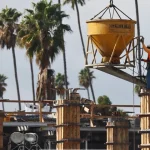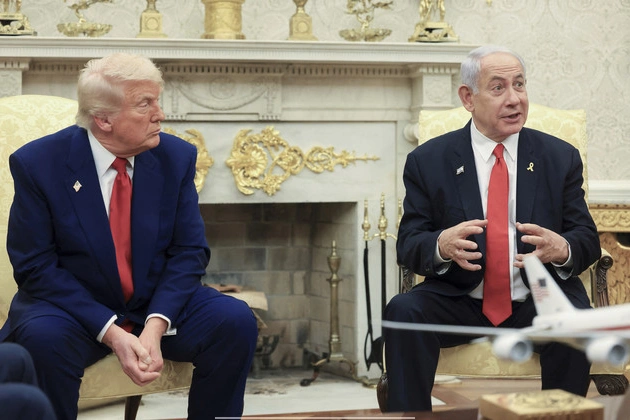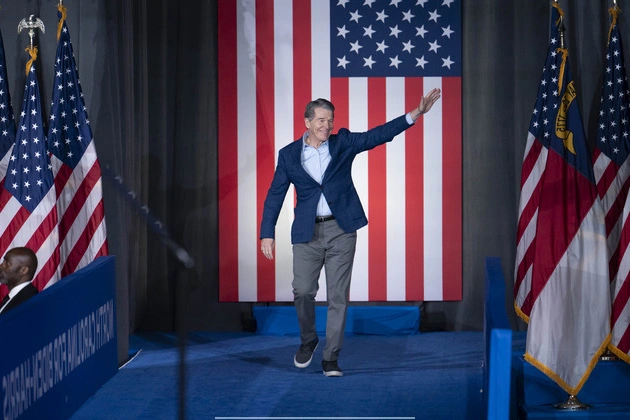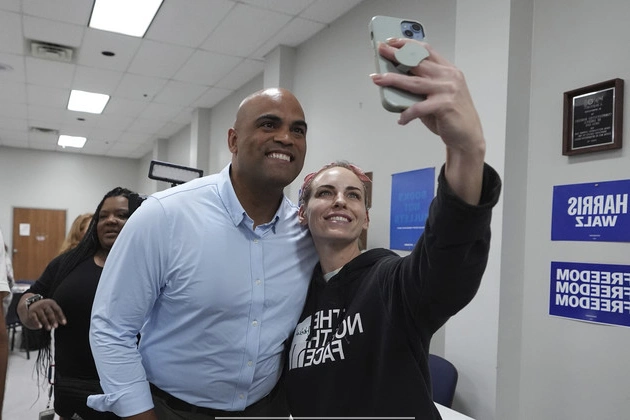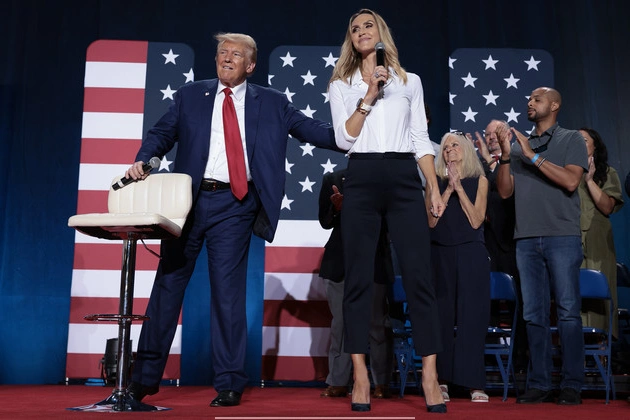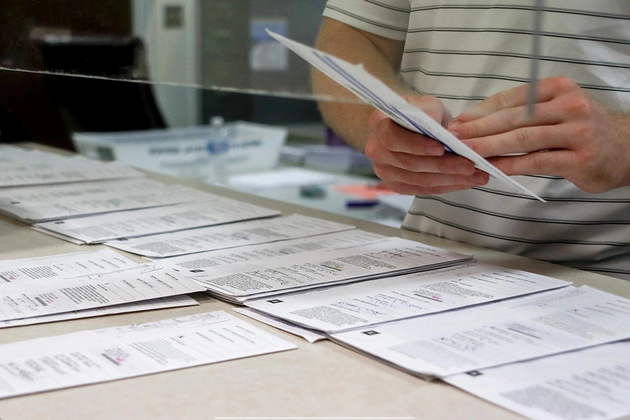
The Supreme Court has agreed to hear a Republican lawmaker’s challenge to an Illinois state law requiring election authorities to count mail-in ballots received up to two weeks after Election Day, as long as they are postmarked or certified by the voter as being cast by that date.
Legal Challenges and President Trump’s Allies
The lawsuit brought by six-term Rep. Mike Bost is one of a series of cases President Donald Trump’s allies have filed seeking to exclude votes received after Election Day from official results.
However, it seems unlikely that the justices will deliver a definitive ruling on that issue in this case. Lower courts dismissed Bost’s lawsuit, in part, on the grounds that the harm he expected to suffer from counting late-arriving ballots was too speculative to give him legal standing to sue.
Scope of the Case and Potential Outcome
That standing question is the only one his attorneys presented to the high court, so any ruling would likely be confined to whether he can revive his lawsuit, although the justices sometimes broaden the legal questions during oral arguments or in their ruling.
The justices announced their decision to take up the case in a routine orders list on Monday. It will likely be argued this fall and decided by June 2026.
National Landscape and Political Context
Illinois is one of 18 states with legal provisions that count mail-in ballots arriving after Election Day, according to the National Conference of State Legislatures.
Trump has repeatedly criticized those states and the practice of mail-in voting, raising unsubstantiated claims of widespread fraud. He has also expressed suspicion about the long-observed phenomenon that in-person vote tallies and those of mail-in ballots can often differ dramatically. In recent years, particularly since the coronavirus pandemic in 2020, Democrats have had an advantage with mail-in ballots. Republicans have been itching to catch up.
Legal Actions and Presidential Stance
“They have to be decided by 9 o’clock, 10 o’clock, 11 o’clock on Tuesday night,” Trump said on the campaign trail last November as he warned of fraud that he said would be perpetrated by “crooked people.”
In March, Trump issued an executive order that declared tallying of ballots after Election Day to be illegal. At least five lawsuits have been filed challenging various aspects of Trump’s order.
Judicial Decisions and Partisan Divides
Bost brought his case to the justices last November after his challenge struck out before a district court judge and an appeals panel.
The earlier stages of the dispute divided Trump-appointed judges. U.S. District Court Judge John Kness, a Trump appointee, threw the case out on standing grounds and also found it lacked legal merit.
At the 7th Circuit Court of Appeals, Trump appointee Michael Brennan and Biden appointee John Lee agreed that Bost lacked standing to challenge the state’s procedures, while Trump appointee Michael Scudder said the costs Bost would incur from deploying poll watchers to examine late-arriving ballots were sufficient to give him standing to sue.
Legal Perspectives and Government Stance
Under the Biden administration, the Justice Department weighed in on the state’s behalf. DOJ officials said federal law doesn’t prohibit states from counting ballots received after Election Day and doing so is one way to make sure that military and overseas voters’ ballots are counted even if they are delayed in the mail.
Last October, the New Orleans-based 5th Circuit Court of Appeals ruled that a Mississippi law allowing ballots to be counted up to five days after Election Day ran afoul of a federal law setting a uniform, nationwide day for federal elections. However, that ruling did not go into effect for last year’s general election.





